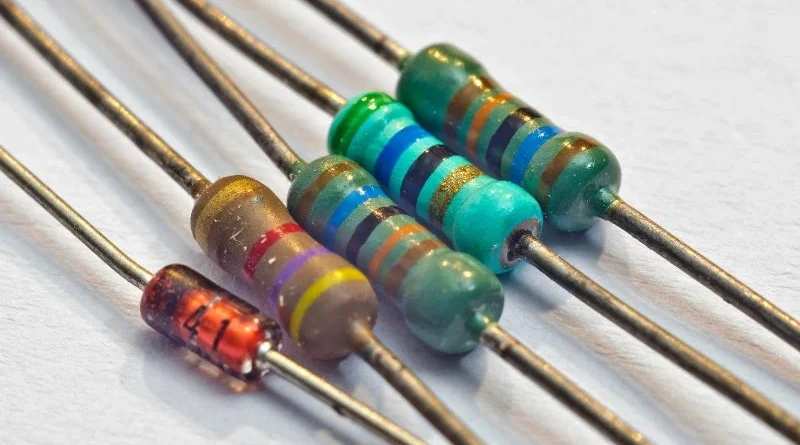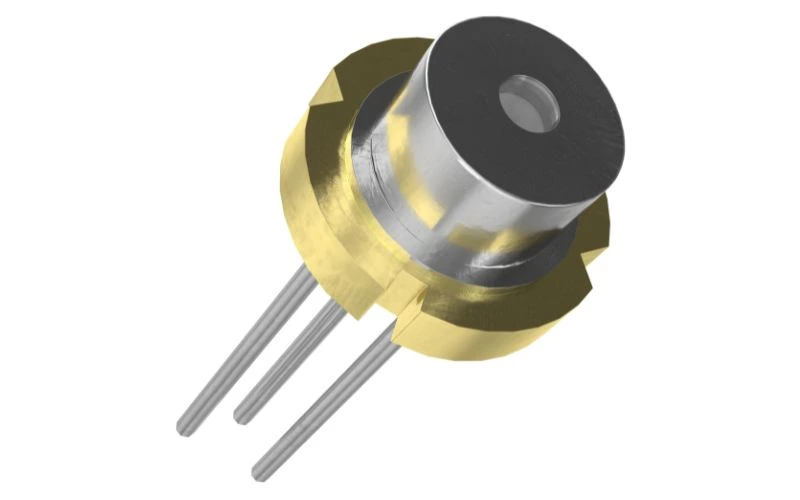
Tunnel diodes, also called Esaki diodes after their inventor Leo Esaki, are a unique and fascinating type of diode with properties that distinguish them from other diodes such as silicon and germanium. These diodes are based on a quantum mechanical phenomenon known as quantum tunneling. In this article, we will explore what tunnel diodes are, how they work, their applications, and their advantages and disadvantages.
What is a tunnel diode?
A tunnel diode is a special type characterized by its ability to exhibit negative resistance. Unlike traditional diodes, which have positive resistance, tunnel diodes can conduct in the stall region under certain conditions. This property makes them invaluable for diverse electronic applications, particularly high-frequency circuits.
The working principle

Tunnel diodes work on the principle of quantum tunneling, in which electrons can overcome energy barriers that are not possible according to classical physics. This unique capability allows reverse voltage conduction and distinguishes tunnel diodes from conventional diodes.
Quantum tunneling
The basic operating principle of a tunnel diode is quantum tunneling. Quantum tunneling is a quantum mechanical phenomenon in which particles can penetrate a potential energy barrier, even though classical physics does not allow this. In tunnel diodes, electrons can penetrate the energy barrier in a way that allows reverse bias.
Power band diagram
To understand how tunnel diodes work, let's look at the power band diagram. A band gap in a normal semiconductor diode prevents the flow of electrons in the reverse direction. In a tunnel diode, however, this band gap is so narrow that electrons can “tunnel” through it. This is due to the unique material properties and doping profiles of the tunnel diode design.
Applications of Tunnel Diodes
Due to their unique properties, tunnel diodes can be used in many applications. The most important applications include:
High Frequency Oscillators
Tunnel diodes are often used in high frequency oscillators. Their negative resistance allows them to produce stable high-frequency signals, making them suitable for microwave and RF applications.
amplifier
Tunnel diodes can also be used in amplifier circuits. They provide high gain, especially at high frequencies, which benefits applications such as radar systems and communications devices.
Wrist shaping
Tunnel diodes produce precise, controlled pulses in pulse-shaping circuits and are therefore very useful in digital signal processing and radar technology.
To replace
Tunnel diodes can function as high-speed switching devices in digital logic circuits, especially for applications that require fast switching.
Voltage Controlled Oscillators (VCOs)
Voltage-controlled oscillators are critical components in many electronic systems. Tunnel diodes can serve as the core of VCOs and provide accurate and stable frequency modulation.
Advantages of tunnel diodes

Tunnel diodes offer exceptional advantages including high frequency operation, low power consumption, instantaneous switching and temperature stability, making them essential in applications where efficiency and precision are required.
High frequency operation
Tunnel diodes are ideal for high frequency applications due to their negative resistance range. They can generate and amplify signals in the microwave and millimeter wave frequency ranges.
Energy efficient
Compared to other semiconductor devices, tunnel diodes typically consume less power. This is particularly beneficial in battery-powered applications where energy efficiency is critical.
Instant exchange
Tunnel diodes can instantly switch between conducting and non-conducting states, making them ideal for high-speed RF and digital applications.
Temperature stability
Tunnel diodes have good temperature stability and ensure consistent performance at different operating temperatures.
Disadvantages of tunnel diodes
Although tunnel diodes excel in the high-frequency range, they have limitations, including a narrow voltage range, unsuitability for low-frequency applications, and limited availability compared to other types of diodes. Understanding these drawbacks is essential for informed use.
Limited voltage range
Tunnel diodes have a relatively narrow voltage range in which they function optimally. Outside this range they may not perform as expected.
Not suitable for low frequency applications
While tunnel diodes are great for high-frequency applications, they are less effective at lower frequencies, limiting their versatility.
limited availability
Tunnel diodes are not as widely available as other semiconductor devices, making them difficult to obtain for certain applications.
The development of tunnel diodes

Over the years, tunnel diodes have evolved and improved in design and performance. These developments have broadened their scope and made them more versatile. Let's take a look at some of the key developments in tunnel diode technology:
Gallium Arsenide (GaAs) Tunnel Diodes
Gallium arsenide (GaA) tunnel diodes are today one of the most commonly used materials for their manufacture. GaAs tunnel diodes offer greater electron mobility than other materials, enabling even better performance at high frequencies. They also feature better temperature stability and lower noise levels, making them attractive for a variety of applications.
Integration with other components
Tunnel diodes can be integrated into semiconductor devices to create highly specialized circuits. For example, combining a tunnel diode with a transistor can create a tunnel diode amplifier, which is often used in high-frequency applications. These integrated circuits offer enhanced functionality and performance.
Nanoscale Tunnel Diodes
Advances in nanotechnology have led to the development of nanoscale tunnel diodes. These tiny diodes have applications in nanoelectronics and quantum computing. Their small size and precise control of their properties make them valuable for new technologies.
Conclusion
In summary, tunnel diodes are fascinating semiconductor devices that owe their special properties to the quantum tunneling effect. They are used in several areas, mainly in analog and high-frequency electronics. Although they offer advantages such as high-frequency operation and low power consumption, they are not suitable for low-frequency applications. Understanding the unique capabilities and limitations of tunnel diodes is critical to realizing their potential in electronic circuits.
Common questions
1. Can tunnel diodes be used in digital logic circuits?
Due to their special properties, tunnel diodes are not commonly used in digital logic circuits. They are mainly used in analog and high-frequency applications such as oscillators and amplifiers. Other semiconductor devices, such as transistors, are better suited for digital logic.
2. How do tunnel diodes differ from other diodes?
Due to their unique negative resistance characteristic, tunnel diodes differ from traditional diodes such as silicon or germanium diodes. Although normal diodes only allow direct conduction, tunnel diodes can also conduct in the stopband, making them particularly useful for high-frequency applications.
3. What materials are tunnel diodes typically made of?
Tunnel diodes are commonly made of gallium arsenide (GaAs) and indium phosphide (InP). These materials have appropriate energy band structures and doping profiles to enable quantum tunneling and negative resistance effect.

